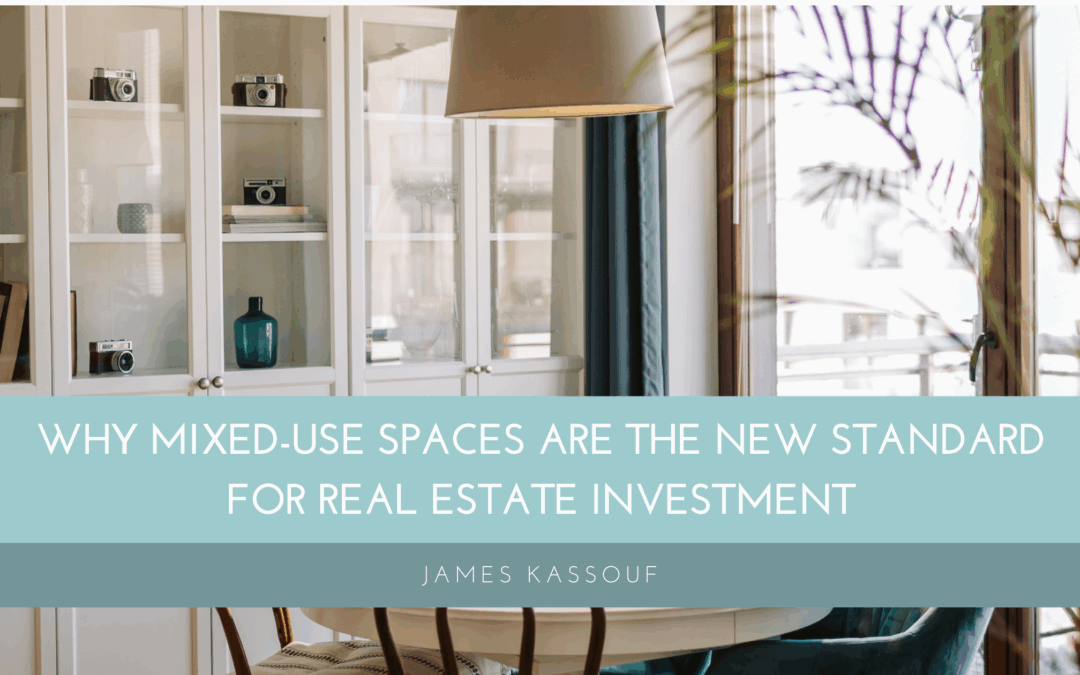The real estate landscape is undergoing a significant transformation, and mixed-use developments are taking center stage. Once a niche concept, these multi-functional properties—combining residential, commercial, and sometimes recreational elements—are quickly becoming the gold standard for modern investors. But why the surge in popularity? The answer lies in adaptability, community value, and long-term financial appeal.
At the core, mixed-use spaces are designed to serve the evolving lifestyle needs of today’s population. Urban dwellers, especially millennials and Gen Z, crave convenience, walkability, and integrated experiences. Living in a building where you can access a coffee shop, coworking space, fitness center, and your own apartment is not just a perk—it’s a lifestyle expectation. Mixed-use properties cater directly to this demand, creating self-contained ecosystems that reduce dependency on cars and support a more sustainable urban model.
From an investment standpoint, these properties offer resilience. By diversifying income streams—residential rent, commercial leases, retail foot traffic—owners can mitigate risk and better withstand economic fluctuations. If one segment experiences a dip, the others can stabilize the asset’s performance. This built-in flexibility appeals to developers and investors who want a buffer against market volatility.
Moreover, municipalities are increasingly supportive of mixed-use zoning. Local governments recognize the value of creating dense, multi-use environments that stimulate economic activity, reduce commute times, and foster community interaction. Mixed-use spaces often revitalize underutilized urban zones, turning them into vibrant destinations where people live, work, and play.
Technology and remote work have also accelerated the need for hybrid living spaces. As more people seek homes that accommodate flexible work schedules, properties that seamlessly blend residential comfort with commercial utility are gaining favor. Developers who can offer integrated, tech-friendly environments stand to attract a wider and more loyal tenant base.
Finally, these developments are not just profitable—they’re placemaking tools. They bring neighborhoods to life, support small businesses, and encourage a sense of belonging. In the long run, this social capital enhances property value and drives repeat investment.
Conclusion:
Mixed-use developments aren’t just a trend—they’re a reflection of how we live today. For investors, they represent a future-proof opportunity to meet modern lifestyle demands while building dynamic, resilient portfolios. In a competitive market, the smartest investments aren’t just about square footage—they’re about creating spaces that work harder, smarter, and together.

